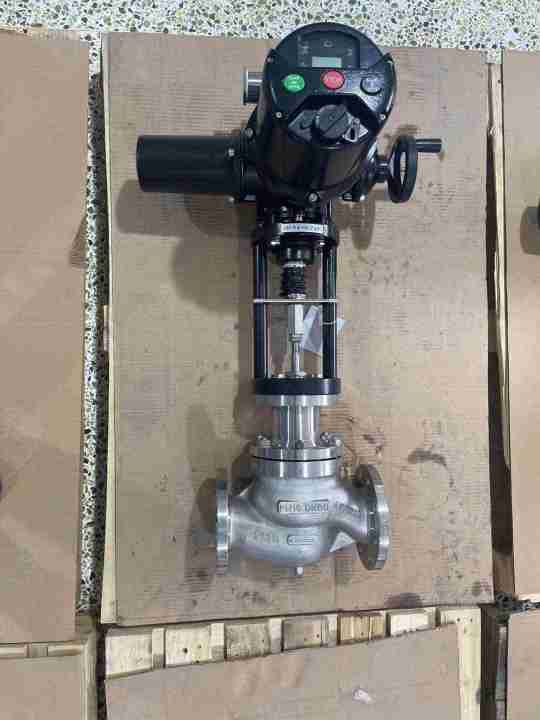Electric two-seat regulating valves are an integral component in the world of industrial fluid and gas control. With the ability to regulate the flow of fluids with precision, these valves have become essential in a variety of applications, ranging from HVAC systems to chemical processing plants. In this article, we will explore the design, function, applications, and advantages of electric two-seat regulating valves, shedding light on why they are a preferred solution in many industries.

What is an Electric Two-Seat Regulating Valve? An electric two-seat regulating valve is a type of control valve that uses an electric actuator to adjust the valve position. The “two-seat” design refers to the two sealing surfaces in the valve body that regulate fluid flow. When the valve is closed, both seats create a seal to stop the flow, and when the valve is open, they allow the fluid or gas to pass through. The electric actuator enables the valve to respond to signals from a control system, such as a PLC (Programmable Logic Controller) or DCS (Distributed Control System), to adjust the flow according to specific parameters.